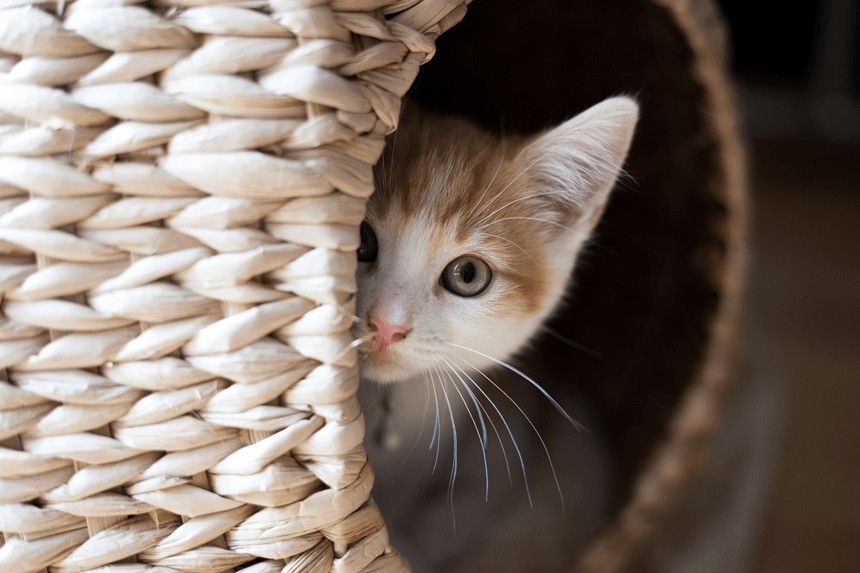Moving house with a cat – how to organise it without stressing your pet?

Moving house is a very stressful event for any cat. It is important to remember that cats, like other predators, become very attached to places. For this reason, changing homes can be a major trauma for them. Keep in mind that it is our responsibility as pet owners to take our pets’ needs into account when organising the move and to ensure their comfort, both mentally and physically.
Safety and comfort of your cat during the move
Cats are very often uncomfortable with removals. Unlike dogs, which are happy to follow their owner everywhere, it is important for a cat to identify with and become attached to a place. For this reason, cats being moved to a new home experience severe stress. In order to minimise the animal’s discomfort, we should take proper care of it already at the transport stage. An animal is not a thing, let us never hand it over to random people, let alone send it in a car of a transport company together with equipment.
Cat carrier when moving house
It is best to use a special carrier to transport your cat to its new home. Even a usually polite cat can become very nervous in a stressful situation and try to break free in search of a safe place. For this reason, we should not risk transporting the cat in our arms. Various types of harnesses or leashes may also not work – a cat in a panic may break free from them. A suitable carrier, preferably kept on your lap during the journey, will be the optimal solution.
How do I help my cat adapt to the new place after a move?
Your cat may initially feel uncomfortable in its new home. To help him get used to his new surroundings, prepare a bed for him, preferably in a small room, in peace and quiet. It may happen that the cat is immediately frightened and hides behind the sofa or in another corner. In such a situation, we should not forcefully pull him out of there. It is best if we leave the cat alone and let it calmly get used to its new surroundings.
After a while, the fear should disappear and the cat will start to explore new spaces on its own. Remember that we should show him patience. Often cats begin their wanderings in a new flat at night, when the surroundings are quiet and calm. Unfortunately, an unpleasant way for a cat to adapt to new conditions may be to mark the territory. This applies to both neutered and un-neutered cats. Most often, this problem disappears on its own after some time, once the cat feels comfortable in the new environment.
Safety of the cat in the new place
In order to make the cat feel secure in its new home, try to create conditions as similar as possible to those it had in its previous home. It is a good idea to take his old bed, food and water bowls, litter tray, favourite toys. By recognising these things, the cat may feel more secure. When everything is new, the cat will feel even more confused.
Cats going out after moving to a new place
If the cat was used to going outside in the old residence, we should wait a little until we start letting it go out again after the move. Very often in these situations, cats may try to return to their old home, to what is familiar to them – a place where they felt secure and safe. This makes it best to refrain from letting the cat out freely for the first few days or even weeks after the move. Over time, once we see that the cat is already comfortable in its new environment, we can start letting it out again.
Moving with a cat
At first, just after the move, when the cat is just getting to know its new surroundings, it may be lethargic and apathetic. He may also suffer from a lack of appetite. During this period, our task as owners will be to show understanding, empathy and patience. This will ensure that the cat quickly gets over the stressful situation. Remember not to get angry with the cat, but to try to help it cope with a difficult situation.
